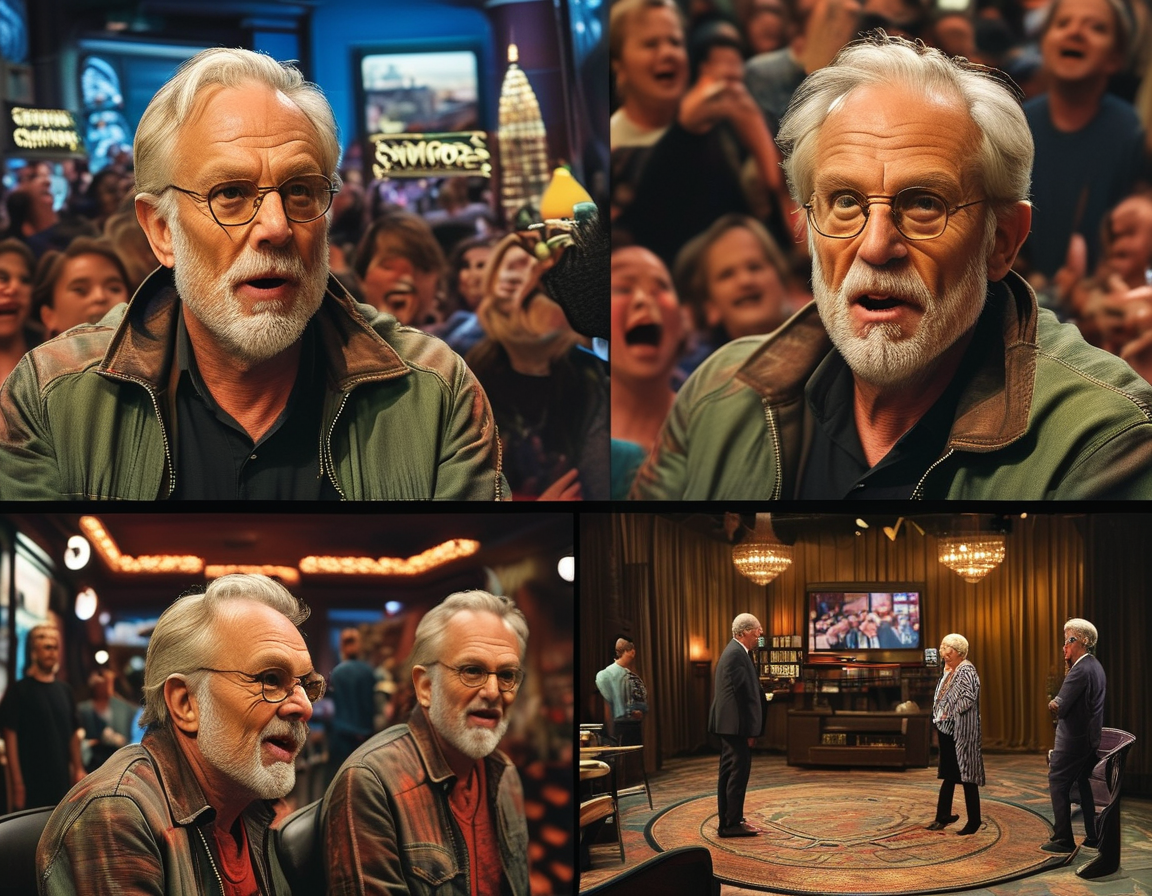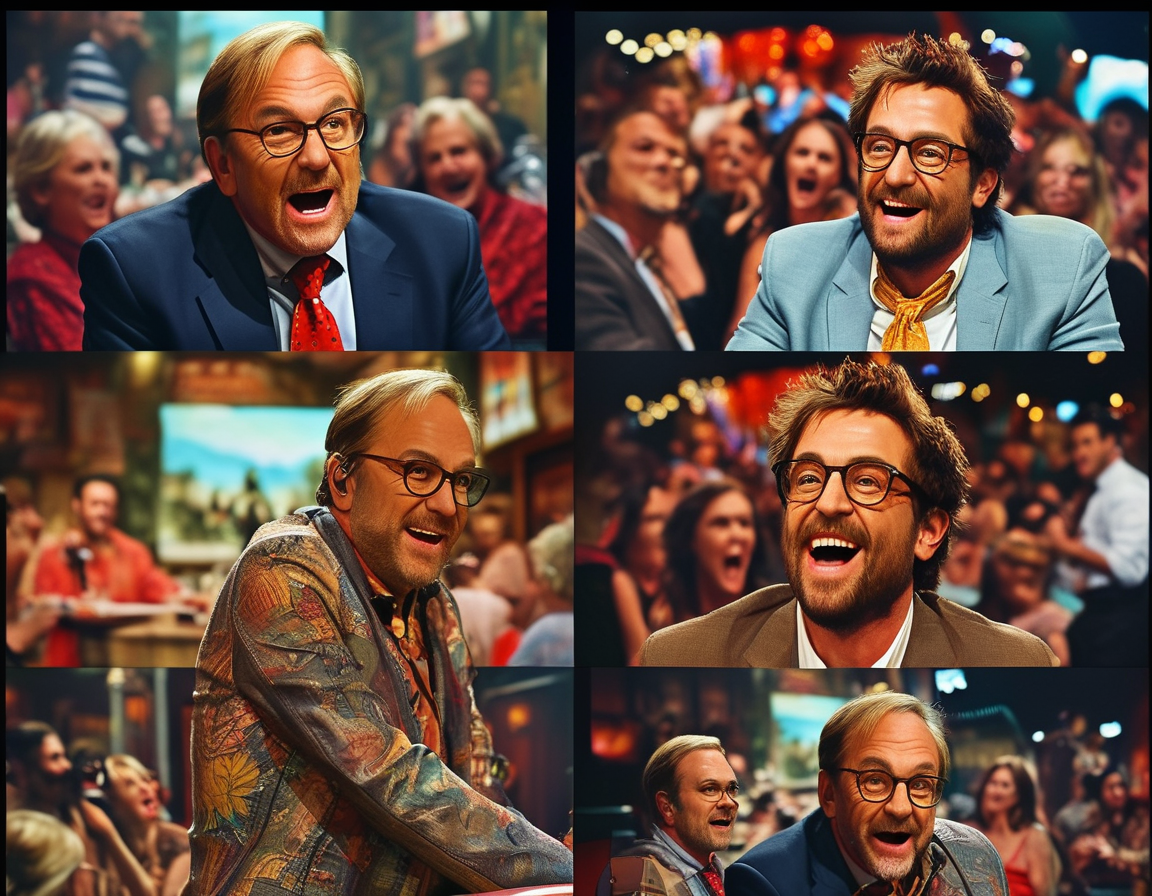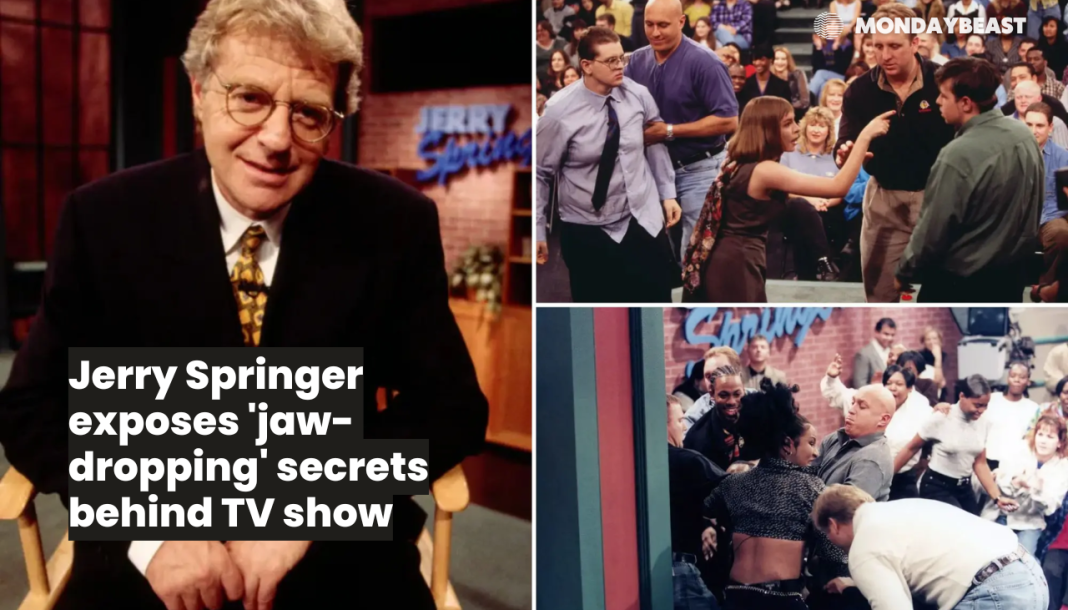The Legacy of Jerry Springer
The name Jerry Springer stirs up strong feelings. To some, he is a television legend. To others, he represents the decline of moral values on screen. His show, which debuted in 1991, became a whirlwind of chaos, capturing audiences with its outrageous antics. Springer himself once mused about his impact, acknowledging, “I have ruined the culture.”
When you heard the chants of ‘Jer-ry! Jer-ry! Jer-ry!,” did it make you smile or cringe? That iconic phrase echoed through living rooms across America. Now, with the release of the Netflix documentary, “Jerry Springer: Fights, Camera, Action,” viewers can dig deeper into the story behind the spectacle. Did you know that this was more than just a talk show?

Springer’s journey reveals something stunning. From humble beginnings as a typical daytime talk show, it morphed into a cultural phenomenon. Once ratings struggled, producers quickly changed course. The wild content pushed boundaries, opening the door to bizarre acts that some labeled as the modern-day Roman Colosseum.
The Unseen Drama
What really went on behind the scenes? The trailer teases what looks like a crescendo of chaos. Former crew members describe an environment that was almost theatrical. It’s jarring to hear Toby Yoshimura’s acknowledgment that no one knew how crazy things would become. Those unforeseen moments of on-set madness could ignite a million questions for viewers. Was it all scripted to ensure ratings?
Richard Dominick, a former executive producer, shared that his strategy was simple: make it wild. But at what cost? The emotional and psychological toll on the show’s guests raises ethical questions.

Have we, as an audience, played a role in this? When producers began coaching guests on how to act, one wonders if those behind the scenes took their responsibility seriously. A former guest recalled feeling manipulated by producers eager for drama. Is this how we built a culture of entertainment?
Controversial Moments on Air
The documentary sheds light on some shocking topics discussed on the show. Incest, adultery, and public brawls were just the tip of the iceberg. The show also encouraged chair-throwing and explicit behavior. In a society that craves entertainment, have we gone too far?
Jerry Springer’s show often left viewers speechless. As one producer says, the show pushed the limits further each season. Were we prioritizing sensationalism over integrity? It’s a question that will linger long after the documentary ends.
The Dark Side and Its Consequences

It’s not easy discussing the darker moments. The documentary also covers real-life consequences faced by former guests. The case of Ralf and Eleanor Panitz remains etched in tragedy. The couple was embroiled in a murder trial linked to an episode about secret mistresses. The fallout left many wondering: Is Springer to blame?
Public accountability cannot be ignored. Was there an ethical duty to consider the ramifications of airing certain stories? Do we also share responsibility for consuming such narratives?
The darker jokes and sensationalism sometimes grew unbearable. Robert Feder, a veteran reporter, described the show as “the most vile and grotesque freak show.” Exaggerated or not, his words resonate with those who experienced the backlash of this cultural shift.
Jerry Springer’s Legacy Today
With Jerry Springer’s death earlier this year, reflections are occurring. Friends and family shared thoughts on his unmatched ability to connect with people. Yet, does that overshadow the show’s controversial legacy?
As we prepare for the documentary, it’s essential to view it as both entertainment and a cautionary tale. The tug-of-war between sensationalism and sensitivity is ongoing. What does it mean for future media? Springer’s life pushes us to question our values in the age of reality TV and beyond.
In reviewing Springer’s impact, one must ponder: Have the lines blurred in our quest for entertainment? Is his show a model for what television has become? With each revelation, viewers of the upcoming documentary not only witness history—they engage in a cultural dialogue about our past, present, and future.




